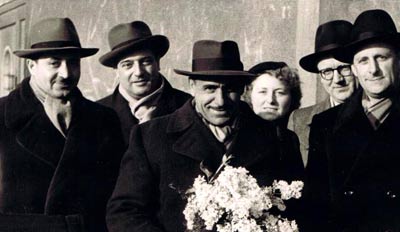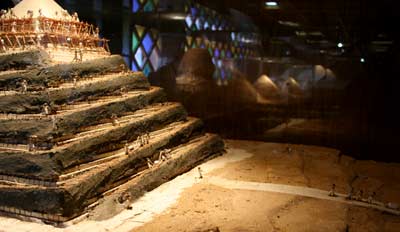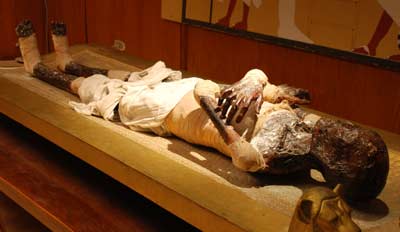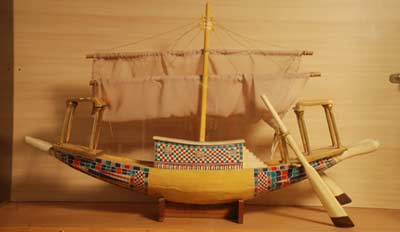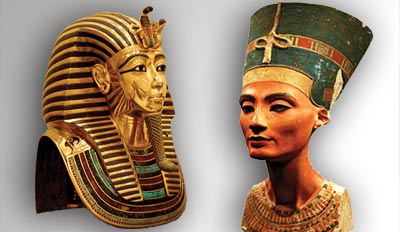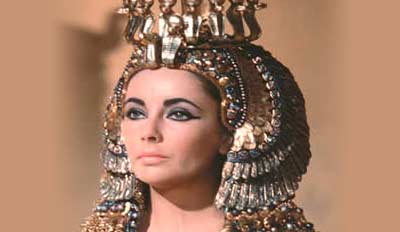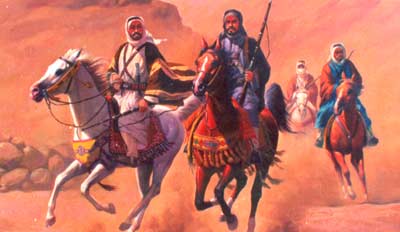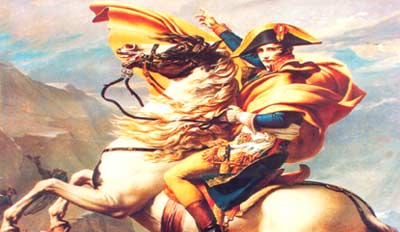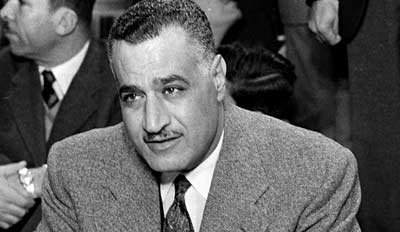Napoleon's Expedition to Egypt
ABOUT THE MUSEUM
NNapoleon’s conquest of Egypt (1798-1801) did not last more than three years, yet its consequences to the area were spectacular. In this exhibition the Pharaonic Village attempts to capture this. It highlights some of the main historic events, including :
The Battle of the Pyramids : This is the battle where Napoleon and his army defeated the Mamelukes – warlords of Egypt. The battle was fought at Imbaba, 13 miles north of the pyramids.
The Battle of the Nile : This was the famous battle fought in Aboukir Bay – 11 miles east of Alexandria. The British Navy, under Horatio Nelson, defeated the French Armada.
You will also find in this exhibit a copy of the Rosetta Stone at its original size. It was discovered by a French soldier, Pierre Bouchard, in Rashid (Rosetta) and was instrumental in the deciphering of the hieroglyphics. The Rosetta was written in two languages – Egyptian and Greek. Egyptian was written in hieroglyphics and demotic (people’s writing.) The story of the decipherment of hieroglyphics by Thomas Young and Jean Francois Champollion is described. Once the hieroglyphics were deciphered, the entire Pharaonic history of Egypt became easier to understand. Thus the oldest and most advanced civilization became more comprehensible. The role of The French Scientific Expedition is presented in the exhibit. Napoleon brought with his army 167 Scientists (“savant”). They did a remarkable job of describing, drawing and cataloging all the ancient Egyptian temples, antiquities, as well as the fauna and flora of the country. This was eventually published in 1828 as “Le Description de L’Egypt” in 28 volumes.






